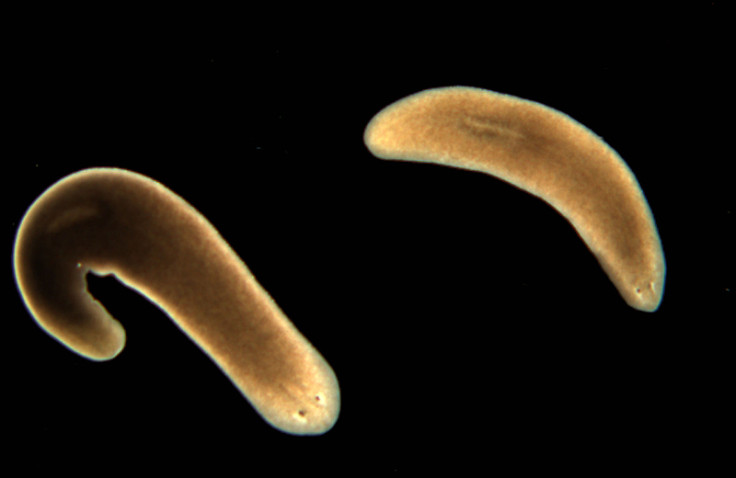Computer invents new scientific theory without human help for the first time

One of biology's biggest mysteries - how a sliced up flatworm can regenerate into new organisms - has been solved independently by a computer. The discovery marks the first time that a computer has come up with a new scientific theory without direct human help.
Computer scientists from the University of Maryland programmed a computer to randomly predict how a worm's genes formed a regulatory network capable of regeneration, before evaluating these predictions through simulation.

After three days of continuously predicting, simulating and evaluating, the computer was able to come up with a core genetic network that explained how the worm's regeneration took place.
The study by Daniel Lobo and Michael Levin, Inferring Regulatory Networks from Experimental Morphological Phenotypes, was published on Thursday (4 June) in the journal PLOS.
"It's not just statistics or number-crunching," Levin told Popular Mechanics. "The invention of models to explain what nature is doing is the most creative thing scientists do. This is the heart and soul of the scientific enterprise. None of us could have come up with this model; we (as a field) have failed to do so after over a century of effort."
Lobo and Levin are now applying the trial-and-error approach to creating scientific models and theories in different areas, including cancer research.
The pair believe that the approach can be used to better understand the process of metastasis, which causes cancer to spread through the body.
However, despite the computer only taking three days to create the worm model, it took the scientists several years to put together the program.
In order to transfer the computer's abilities to other areas, massive databases of scientific experiments would need to be prepared in order to have enough raw material for discoveries to be made.
"This problem, and our approach, is nearly universal," Levin said. "It can be used with anything, where functional data exist but the underlying mechanism is hard to guess.
"As long as you tweak the formal language, build the database of facts in your field, and provide an appropriate simulator, the whole scheme can be used for many, man applications."
© Copyright IBTimes 2025. All rights reserved.






















